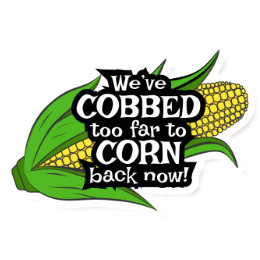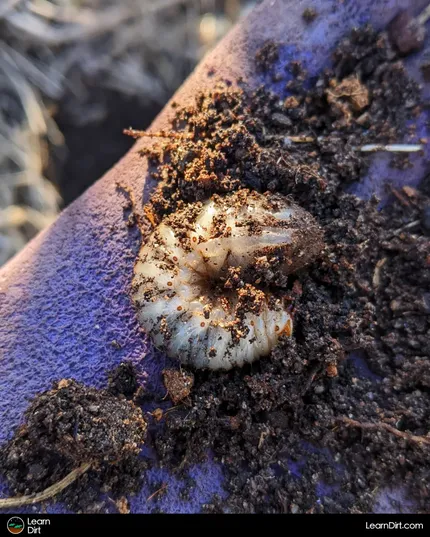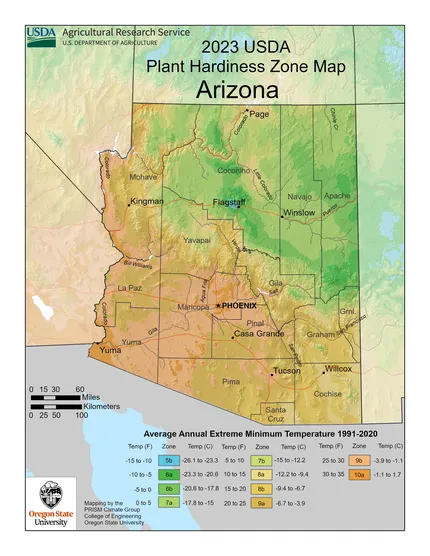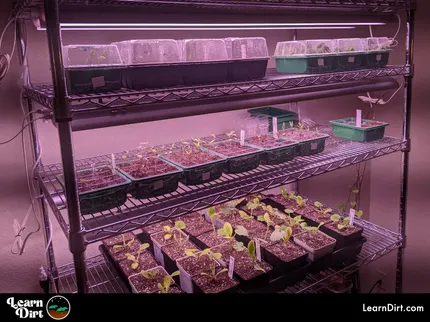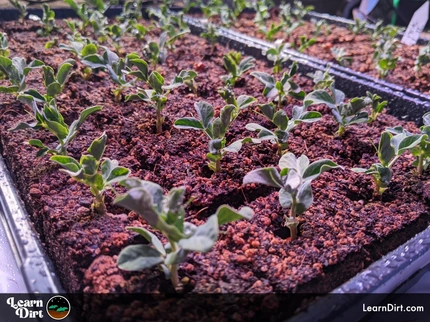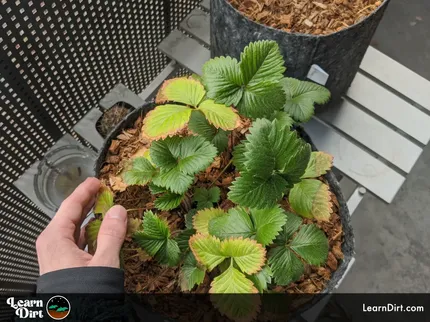Table of Contents
- Assess Soil Tilth
- Soil Ph Testing
- Measuring Soil Moisture
- Soil Infiltration Test
- How to Check Water Holding Capacity of Soil
- Soil Air Content
- Measuring Soil Texture
- How to Measure Soil Structure
- Test Soil Drainage
- Soil Evaporation Rate
- Testing Soil Compaction
- Soil Percolation Test
- Soil Permeability Test
- Dynamic Cone Penetration Test
- Soil Nutrient Testing
- How to Test Soil for Heavy Metals
- Soil Biology Testing
- Measuring Soil Erosion
* Our articles never contain AI-generated slop *
Knowing your soil is crucial for being able to work with it and give it what it needs. It all begins with garden soil analysis.
We'll look at a variety of different ways to assess the quality and properties of your garden soil so that you know exactly what you're working with.
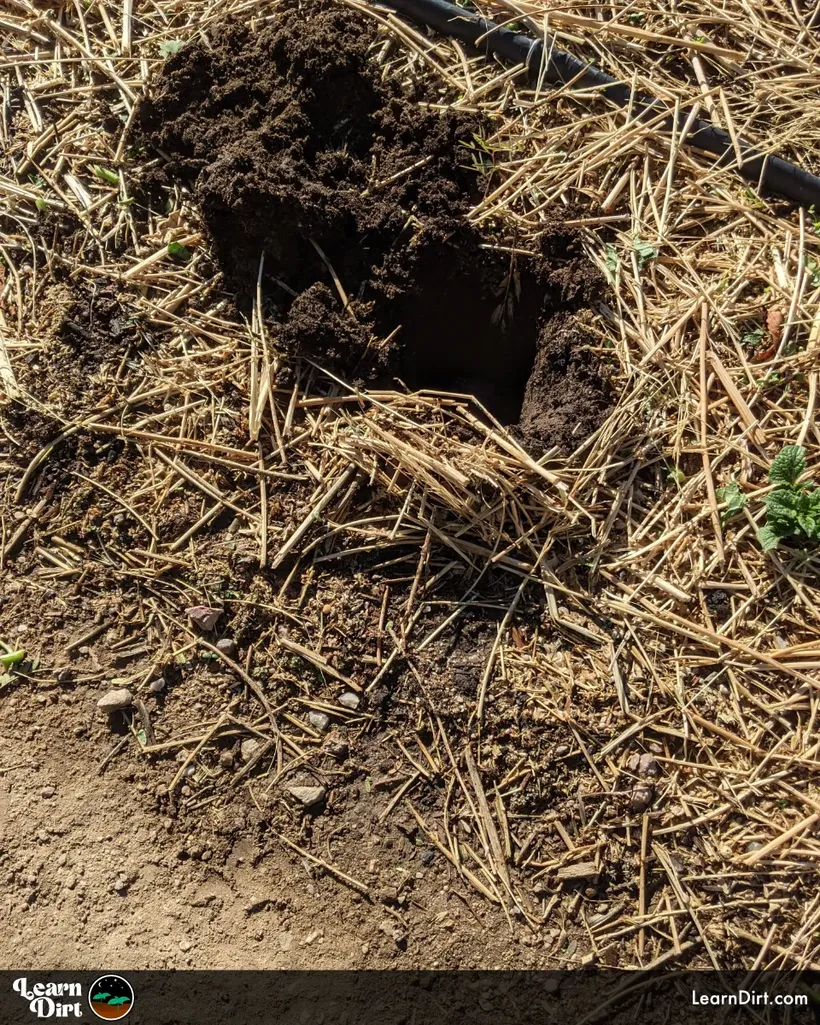
Assess Soil Tilth
Tilth refers to the suitability of the soil for cultivating crops.
Disclaimer: This post may contain affiliate links. Refer to the privacy policy for more information.
That's pretty broad, and is an umbrella that encompasses the following (and more):
- Structure
- Texture
- Ability to retain nutrients
- Ability to retain water
- Allowance for air penetration
- Drainage
- Resistance to compaction
These each have their own sections within this article, so clicking on them will jump you to that section.
Let's get into it all!
Soil Ph Testing
To test the pH of your soil and find out if you're in the right range, any digital pH tester such as this works great.
Litmus paper or color change kits also work, but can be more difficult for soil than they would be for plain water pH checks. Soil stains, afterall, and can muddle the colors of your test kits. This is why I prefer the accuracy of an inexpensive digital pH tester.
To learn how to perform a garden soil pH, check out our guide here.
Join The Grower's Community
A FREE, friendly forum
where you can ask questions,
swap tips, and meet like-minded growers 🌱
Check It Out!
Measuring Soil Moisture
For testing soil moisture levels, a simple moisture meter works great. You can probe around with this and understand how moisture is moving and diffusing through different areas and layers of your soil.
Soil Infiltration Test
The infiltration rate of soil describes how quickly water can be absorbed.
Dry soils become hydrophobic and take much longer for water to infiltrate into them, whereas moist soils can soak up water much faster and more readily because of water's cohesion property.
Soils with more organic matter act like sponges ready to soak up water, while depleted soils low in organic matter are much slower to uptake water.
How to Check Water Holding Capacity of Soil
The holding capaciny of your soil is how much water it can hang onto, in terms of volume.
Think of it like soaking a kitchen sponge until it's fully saturated - and then seeing how much water you can wring out of it as a ratio to the volume of the sponge itself.
Soil Air Content
The air content of your soil and its holding capacity for air are closely tied to its water holding capacity (above) - which both tie back into soil structure.
The structure of the soil creates pores which can then fill with water or air (usually alternating between the two) as soils cyclically saturate and then dry back.
Plant roots need oxygen to keep them from being colonized by anaerobic bacteria and rotting.
Well-structured soil that's light, fluffy, not campacted, and full of pores is what allows for enough air and enough water to alterantely fill the soil.
Measuring Soil Texture
Soil texture is the 'feel' of the soil. Texture affects drainage and infiltration rates, water holding capacity, and stability for rooting in.
Each of the main types of particles found in soil are differently-sized. Because of this, their ratios to one another drastically change the properties of the dirt:
- Coarse sand: diameter 2mm - 0.2mm
- Fine sand: diameter 0.2mm - 0.02mm
- Silt: diameter 0.02mm - 0.002mm
- Clay: diameter less than 0.002mm
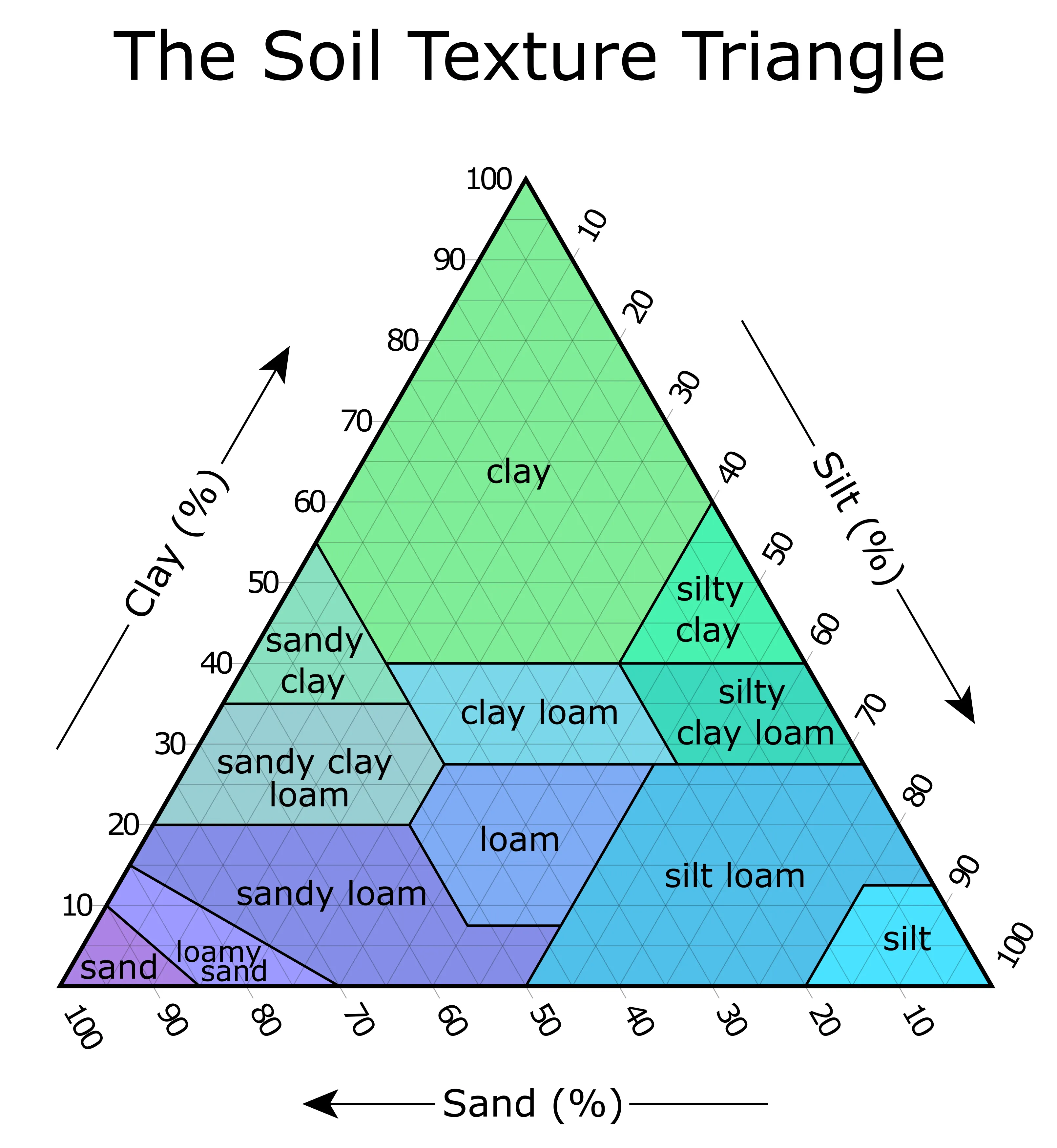
Credit: cmglee, Mikenorton, USDA
To learn about the textural components and identify your soil texture, check out Soil Texture Triangle (Soil Composition).
How to Measure Soil Structure
To read all about soil structure, click here.
Test Soil Drainage
Soils need to be able to hold onto enough water for enough time for roots to access, but not long enough that conditions in the root zone become anaerobic from lack of oxygen.
For this to happen, water must eventually drain from surface topsoil down to lower layers, or else evaporate at a quick enough pace for soils to dry in time to prevent root rot.
You can control the drainage of your soil in a number of ways:
Increasing Soil Drainage
- Perlite
- Sand (coarse / horticultural)
- Pumice
- Rice hulls (organic / parboiled)
- Crushed lava rock (horticultural)
- Calcined clay (horticultural)
- Pine bark fines (untreated, aged, not dyed)
- Expanded clay pellets (LECA)
Decreasing Soil Drainage
If your soil drains too quick and can't hang onto moisture long enough, add a few of these moisture-retaining elements and use less of the gritty drainage items from the previous list:
- Coco Peat (coir)
- Peat Moss
- Vermiculite
- Worm Castings
- Compost
- Aged Manure
- Mulch
- Shredded Cardboard / Paper
- Leaf mold (decomposed leaves)
- Biochar
Soil Evaporation Rate
The soil evaporation rate describes how rapidly moisture in soil is pulled back into atmospheric moisture through evaporation.
Soil evaporation is highest in dry climates (like deserts) and especially in hot deserts where extreme temperatures and very low himidity combine to rapidly pull moisture from soils and plants.
Dig Cool Merch?
You may think you don't have much control over your soil's evaporation rate because it's primarily affected by temperature, sunlight, and humidity - but there are a few levels you can pull to affect the evaporation rate:
- Shade Cloth
- Mulch
- Deeper Watering
Testing Soil Compaction
When soils become compacted, their ability to absorb water and air decreases.
Compacted soils have significantly less pore space than light fluffy soils, and those pores are where water and air would be stored.
Surface compaction can create a hard layer on top of soils which is difficult for water to infiltrate.
Plant roots also have more difficulty pushing their way through compacted soils than loose soils.
These issues combine to make soil compaction a recipe for poor plant health.
Understanding your soil's level of campaction and how to remediate it is crucial for providing a healthy habitat for plants to thrive in.
Soil Percolation Test
Soil percolation tests measure how quickly water drains downward through soil.
While this may sound similar to soil infiltration rate testing, infiltration specifically focuses on how quickly water can penetrate the soil surface - whereas percolation focuses on how fast it moves through soil after infiltration.
Running this test is an easy one:
- Dig a hole
(1 ft [30cm] across & 1 ft [30cm] deep is sufficient) - Saturate the soil
(pre-wetting it ensures it's not hydrophobic) - Fill the hole with water
- Time how long it takes to drop a chosen height
- Repeat a few times
(to get a good sample) - Average the resulting times together
Soil Permeability Test
Soil permeability is what's being measured in the percolation test above, but percolation tests are an in-the-field and somewhat imprecise version of a soil permeability test.
To measure soil permeability precisely, without interference from surface conditions, roots and rocks, variance in soil layers, and variability in soil pre-saturation levels that may exist in the field, a soil sample is sent to a laboratory for a controlled permeability measurement.
These laboratory permability tests are most often used for greywater fields, drainage systems, and in engineering for more precise results than the in-field percolation test mentioned above.
You likely won't encounter much need for the precision afforded by this test for gardeners and crop production, and a simple percolation test will give you a solid idea how fast water moves through your topsoil.
Dynamic Cone Penetration Test
While this is a test most-commonly used in engineering and construction, performing one would also yield valuable information to gardeners - especially for site assessment before choosing a location for a garden.
A conical steel penetrometer is hammered into tho soil with a set force on the hammer, and the penetration depth over time is measured.
This tells as assessor all sorts of things about the shear strength of the soil, it's bearing strength, and more.
For garden purposes, you would be interested in using a DCP test to assess the soil density, stiffness, and compaction.
This test may be viable if you already have a soil assessor helping you understand the soils around your land or the best positioning for a garden.
Dynamic cone penetration could help you identify looser soils with the lowest levels of compaction to give your plant roots the best possible location to thrive in.
Soil Nutrient Testing
To find out what macro and micronutrients your soil has and in what amounts, I love these soil test kits. They run your dirt @ the lab and give you digital soil composition results.
You can also give your local Cooperative Extension a call for a soil test, and compare what it measures and costs againts the commercial options.
No matter what you use to check your soil composition, it's important to gain as much understanding as you can about your dirt. This gives you valuable insight into what it might need, what's lacking, and how any of your soil-building efforts are paying off.
How to Test Soil for Heavy Metals
Heavy metals can show up in soils for a long list of reasons, ranging from previous industrial pollution, chemical dumping, lead paint from buildings flaking off into tho soil, and more.
Because heavy metal can be pulled from soil by many plants, it's a good idea to send some soil samples to a lab when starting to grow on new land or in a new spot on your property.
If you do encounter heavy metals in your garden, you might try to remediate the soil yourself using bioaccumulator plants such as sunflowers to pull up the metals and disposing of the plants properly (without consuming or composting). After a series of grow cycles doing this, test again and see how much your soils have improved.
Soil Biology Testing
Biology is the life of the soil - a thriving microcosm of decomposers and other critters in the soil food web are what make organic growing possible.
These microbes cycle nutrients, unlock minerals (through microbial weathering), and some enter into symbiosis with plants for nutrient and water exchange.
Without this soil biology, no life would be possible (except in synthetic and hydroponic / aquaponic conditions).
The health of your plants is directly tied to the health of your soil microbiome.
For this reason, it is so important to feed your soil biology and focus on soil health as the cornerstone of organic agriculture.
Measuring Soil Erosion
Soil erosion due to wind and water happens at high rates when soils are dry and are poorly-bound together.
Erosion leads to nutrient loss, and can undo soil-building efforts - so it's important to address it and quell the outflow if your soil is eroding quickly.
Adding more organic matter to your soil will help it hold more moisture and not dry out as quickly.
Keeping roots in the soil at all times is critical for binding soils and preventing the majority of erosion that causes topsoil and nutrient loss.
The chop and drop approach favors cutting old plants back at soil level while leaving their roots intact.
Not only do these roots bind the soil, they also provide steady food for decomposers, as well as channels for moisture to infiltrate down into soil through.
whether roots are living or are left after plants are chopped, make sure there are always roots in the soil to prevent erosion.
If your soil is often fallow and dries out frequently, as in desert environments, it's safe to assume your soil is eroding far faster than healthier soils would.
That's all for now, thanks for reading!
If you have any questions, comments, or would like to connect with fellow gardeners, head on over to the forum and post there.





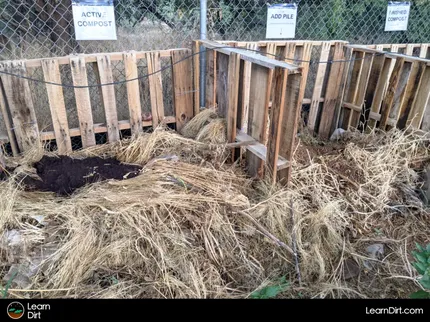
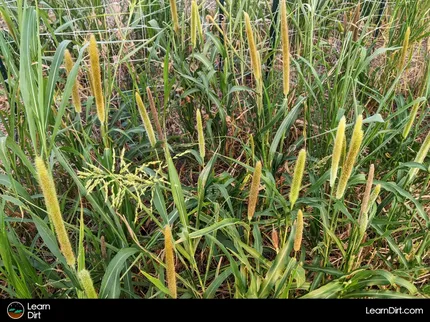

![Don't Till Away Your Carbon [Taffy]](/media/product_images/dont-till-away-your-carbon-[taffy]_shirt_260x260.png)
![Black Dirt Live Again [Green]](/media/product_images/black-dirt-live-again-[green]_sticker_260x260.png)
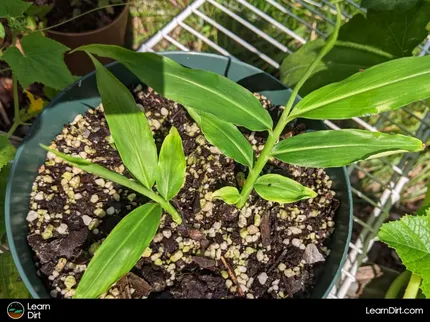
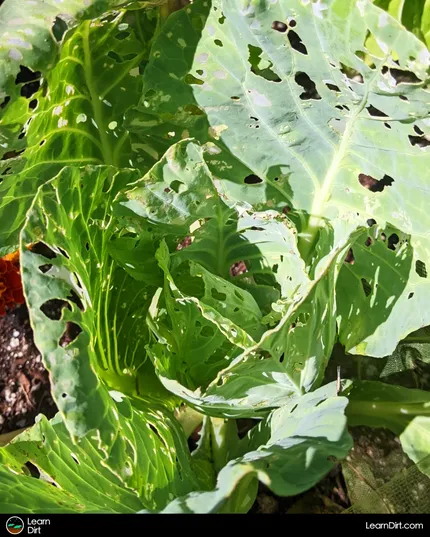
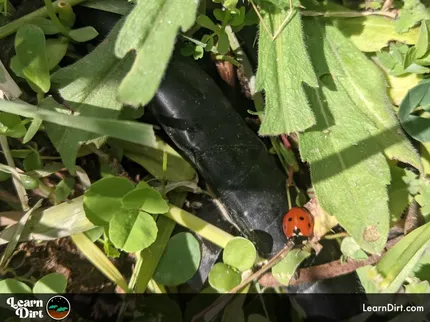
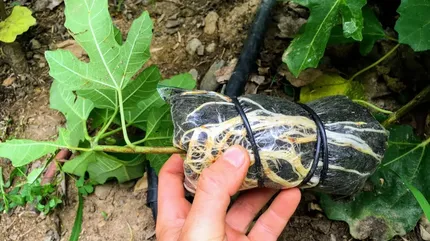
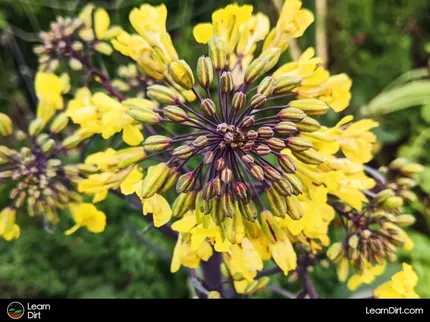
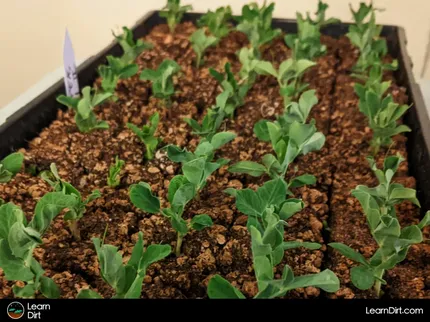
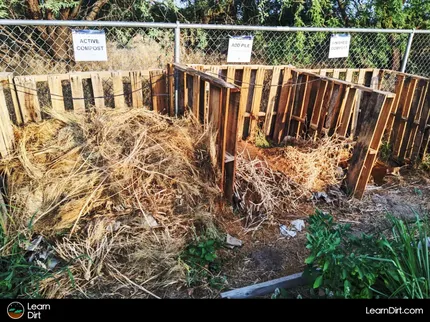
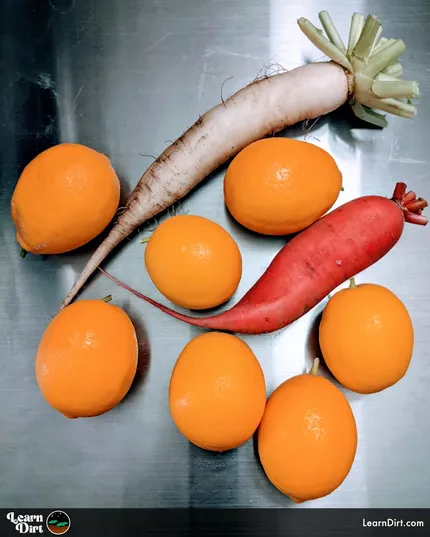
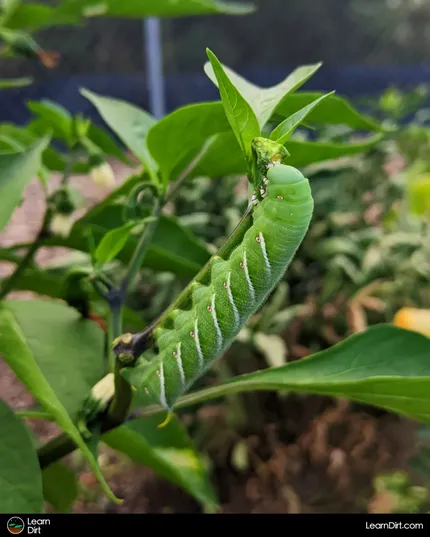
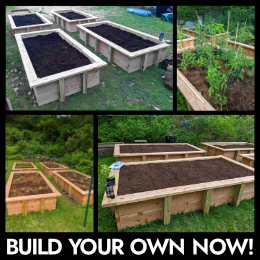
![Don't Till Away Your Carbon [Taffy] Sticker](/media/product_images/dont-till-away-your-carbon-[taffy]_sticker_260x260.png)
![Black Dirt Live Again [Blue] Sticker](/media/product_images/black-dirt-live-again-[blue]_sticker_260x260.png)
